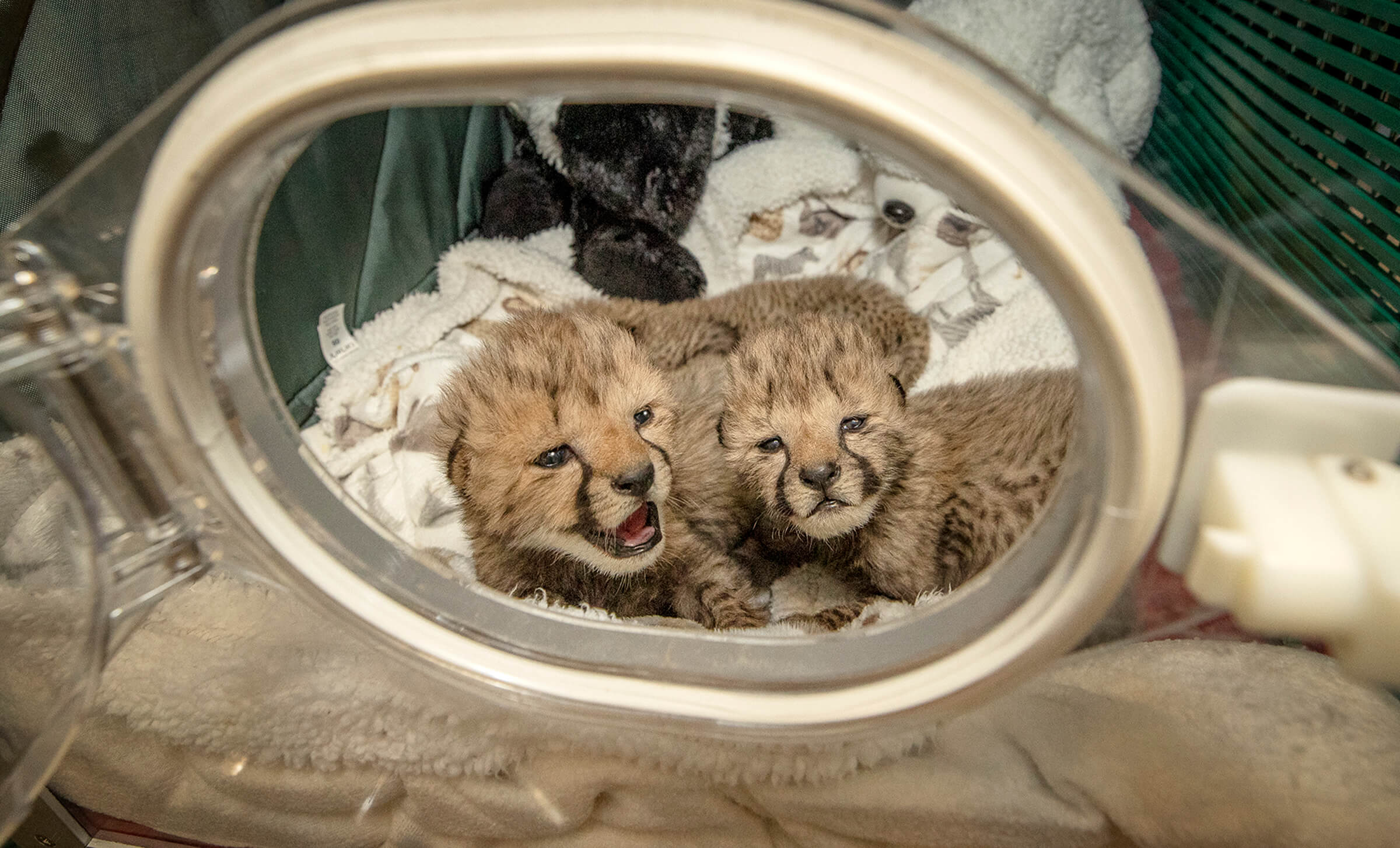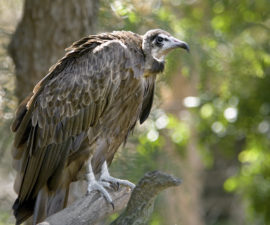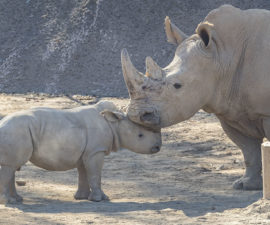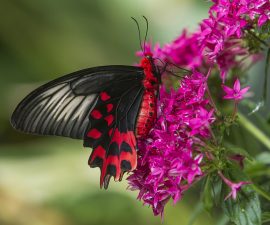BY Karyl Carmignani
Photography by Ken Bohn
Since opening in 2001, the animal-centric design and cutting edge technology utilized by veterinarians and staff at the Paul Harter Veterinary Medical Center continue to serve its patients effectively. The state-of-the-art facility (located next to the Safari Park) is ranked as one of the best vet hospitals in the world. After eight years of planning, “the investment and foresight from 20 years ago has continually provided us the opportunity to provide the best possible care,” said Lauren Howard, DVM, associate director of Veterinary Services, Safari Park. “The staff and keeper knowledge and experience play a pivotal role.” Whether it’s a 7-gram Pacific pocket mouse or a 700-pound okapi, the center can accommodate a broad spectrum of species, and provide the best treatment possible. Animals can have some of the same health issues as humans, and allowances are made for the species’ (and individual’s) physical and mental attributes. The hospital was built with that in mind.

TEAM GORILLA
When a gorilla requires care, staff go to great lengths to keep the environment sterile as they care for the great ape.
It’s a Jungle Out There
Animals may go to great lengths to mask their symptoms to avoid landing on a predator’s A-list. Even staff peeking into a hospital room may not get an accurate picture of the animal. A sophisticated camera system that records animals in their space at the hospital while they are recuperating or awaiting diagnosis enables vets and staff to observe the animals in a candid and close-up way. Staff can see if an animal is favoring a limb or otherwise presenting symptoms and zoom in on an ailment without disturbing them. “This system vastly enhances our care,” said Dr. Howard. Other special touches are based on the animal’s natural history. For instance, lechwe and impala need quiet, calm housing, so they get rooms at the end of the hall away from the activity. Flamingos, on the other hand, get a mirror and a soundtrack of a flamingo flock played softly so they feel less alone. During a hospital stay, “some species prefer all stimulation eliminated, while others want their living situation recreated,” explained Dr. Howard.
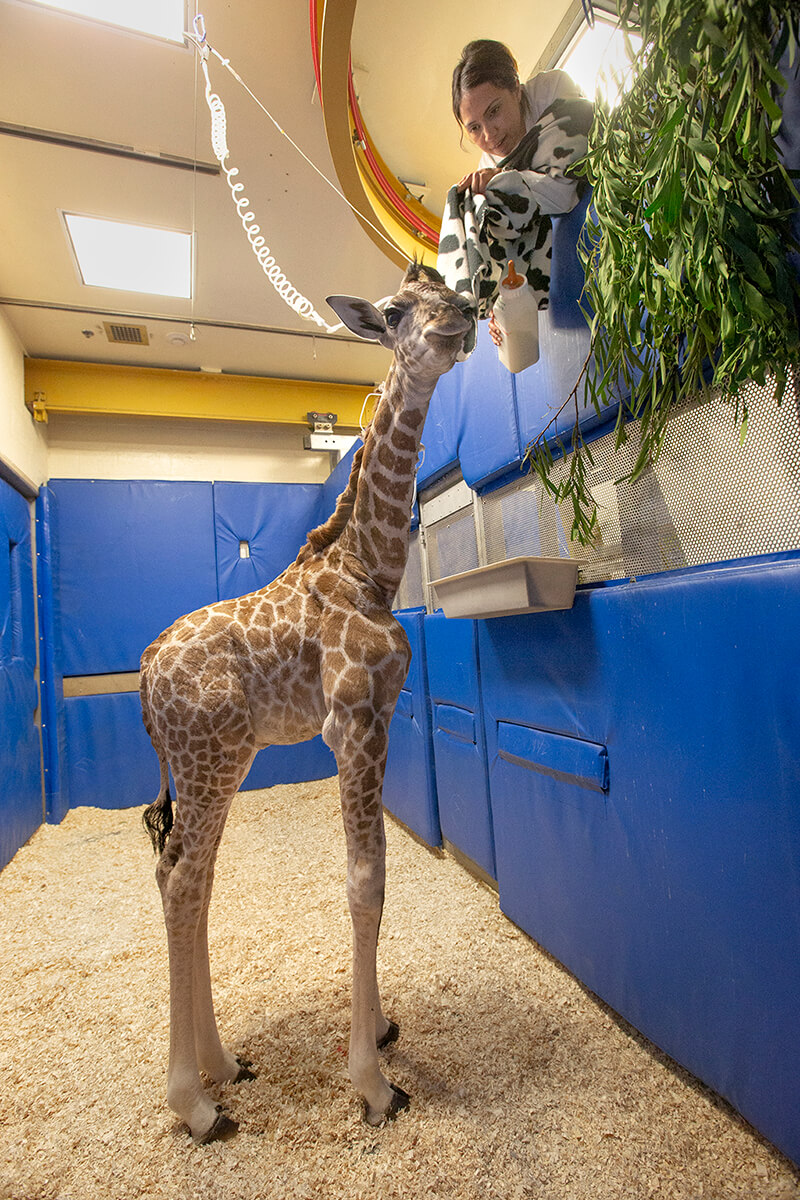
SOFT ROOM
Recovery rooms have padded walls and can be adjusted in size for the patient. This giraffe calf is getting some extra TLC before she is reunited with her mother.
Hospitable Hospital
The medical center has three segments: administrative space, a clinical treatment area, and recovery space, which includes special tubs for water therapy (with hoists for heavier patients). Operating rooms are bright, efficient, and kept sterile with filtered air. A “push-alley” has flush sides and a gliding wall at the end to gently guide the animal in its stall. Rooms can be adjusted to the size of the animal, formatted large to small. The animal has to stay warm; small creatures like cheetah cubs are kept toasty and closely monitored in an incubator, while larger animals can stay in a comfy stall with safe, soft walls.
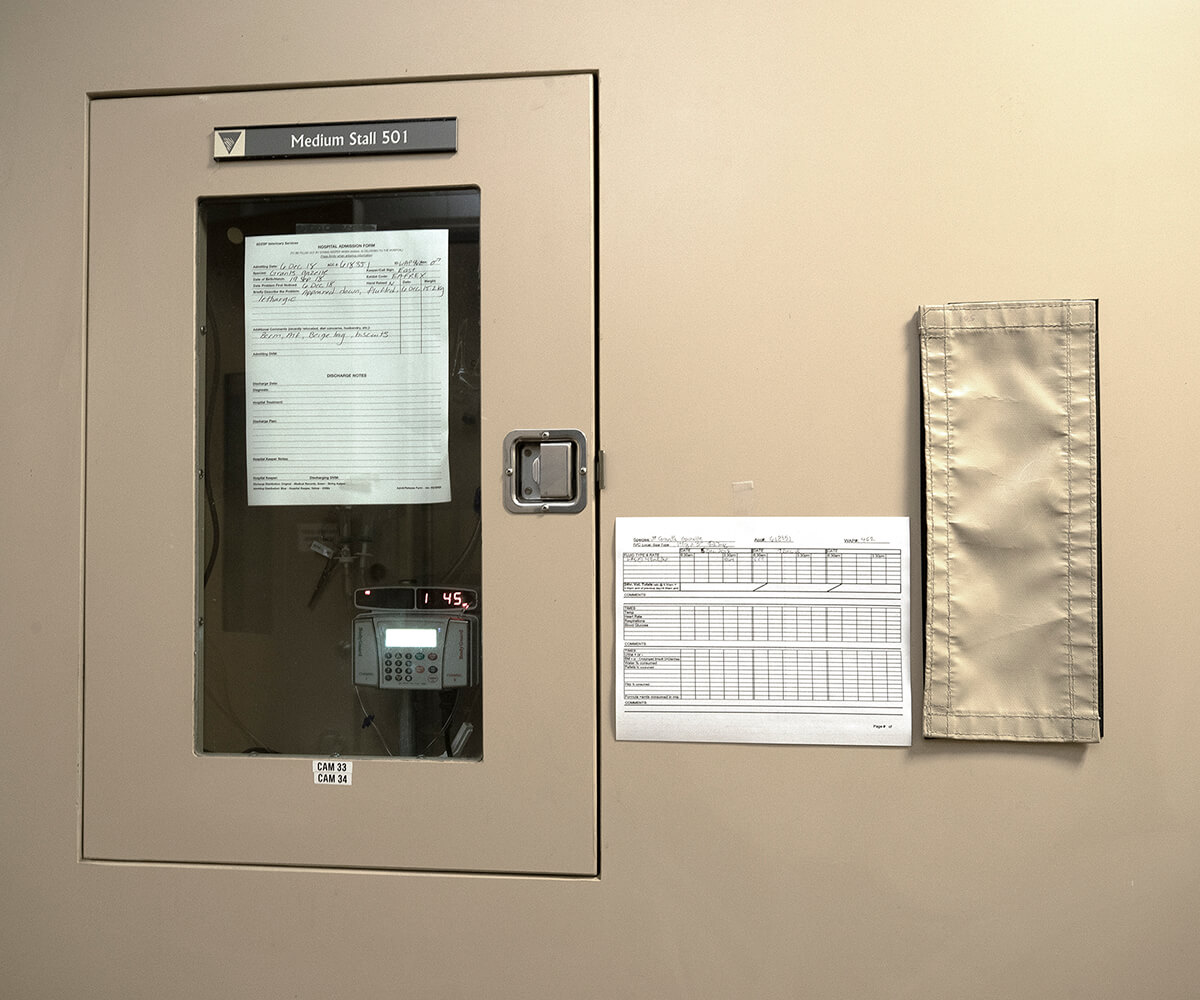
FUNCTIONALLY PRACTICAL
The doors to the patient suites were specially designed with a built-in space so staff could monitor the animal without disturbing it. The cubby houses an IV drip and patient record.
The mindful hospital design includes custom-made fiberglass doors with a hollowed-out space to house IV liquids and electronic monitoring so staff can keep an eye on their patients without disturbing them. Animals with horns can pose a challenge to maintaining an IV line. By using spiral coiled IV lines, accidental removal or entanglement by the animal is minimized. The line is taped to the highest point on its horns (or antlers) which keeps it out of the way. IV fluids are kept secure inside the patient’s custom door, out of everyone’s way, so the animal can just relax, get hydrated, and feel better.

TENDER LOVING CARE
Some patients, like this tiny okapi calf, need extra special attention from staff to help them survive.
With all the medical necessities and conveniences gleaned from architects, veterinarians, keepers, and vet techs planning the center, it is heartwarming to see all the patients that continue to benefit from it. “We are only limited by what we can ask of the animal,” said Dr. Howard. “Treatment options are constrained by its prognosis and what it can tolerate.” The Paul Harter Veterinary Medical Center is poised and ready for patients great and small 24 hours a day.
Guests can experience a Behind the Scenes Safari of the Veterinary Medical Center and meet some of the staff that make it all possible. This special tour is available on select days. Please call 619-718-3000 or click here for more information.

